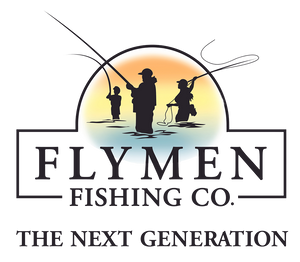Flymen Blog
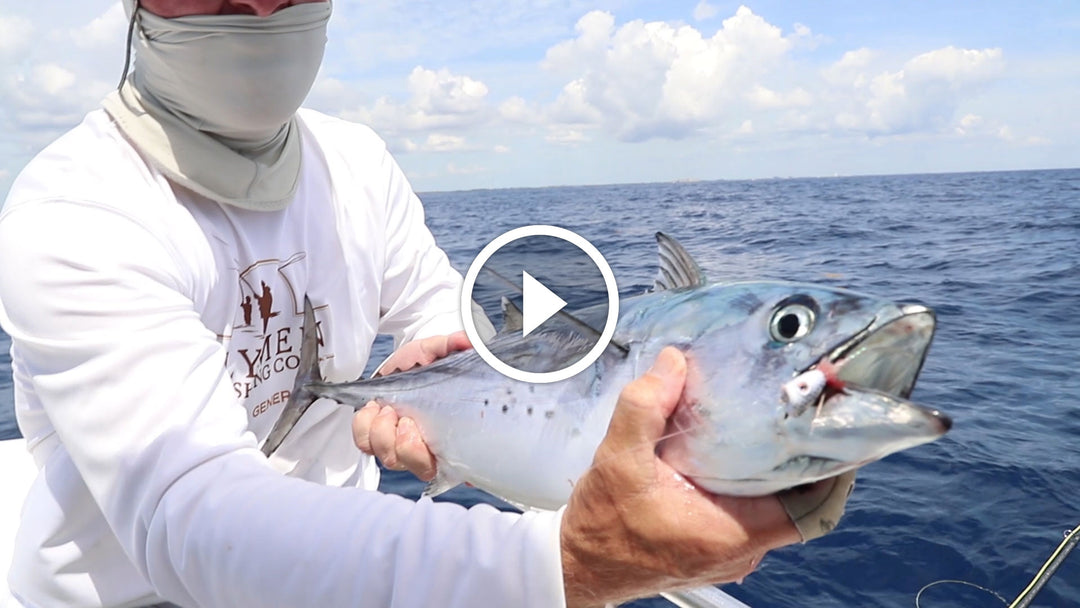
Putting the new Baitfish Popper to the test!
The Flymen team hit up West Palm before the 2018 International Fly Tackle Dealer Show to fish the new Surface Seducer Double Barrel Baitfish Popper.
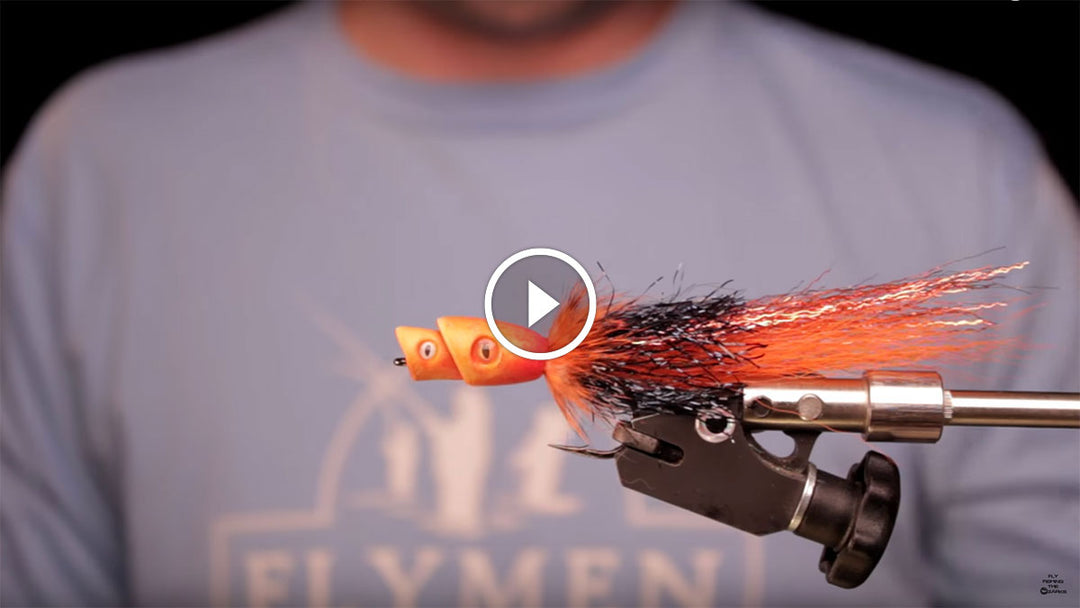
Tie This Two-Headed Monster Popper!
Fly Fishing The Ozarks released a fly tying video covering how to tie this creative pattern designed by Spanish fly tyer Nacho Heredero. What a creative use of multiple foam Surface Seducer Double Barrel popper & slider bodies!
As a Commercial Tyer, I Always Tie My Flies in Large Batches.
Efficiency is the name of the game here, and being that I produce over 50,000 flies per year, I've developed some methods to boost my fly output over time. Here are some simple tricks, some of which I've been using for well over a decade, that you can use to make your own fly tying quicker and easier.
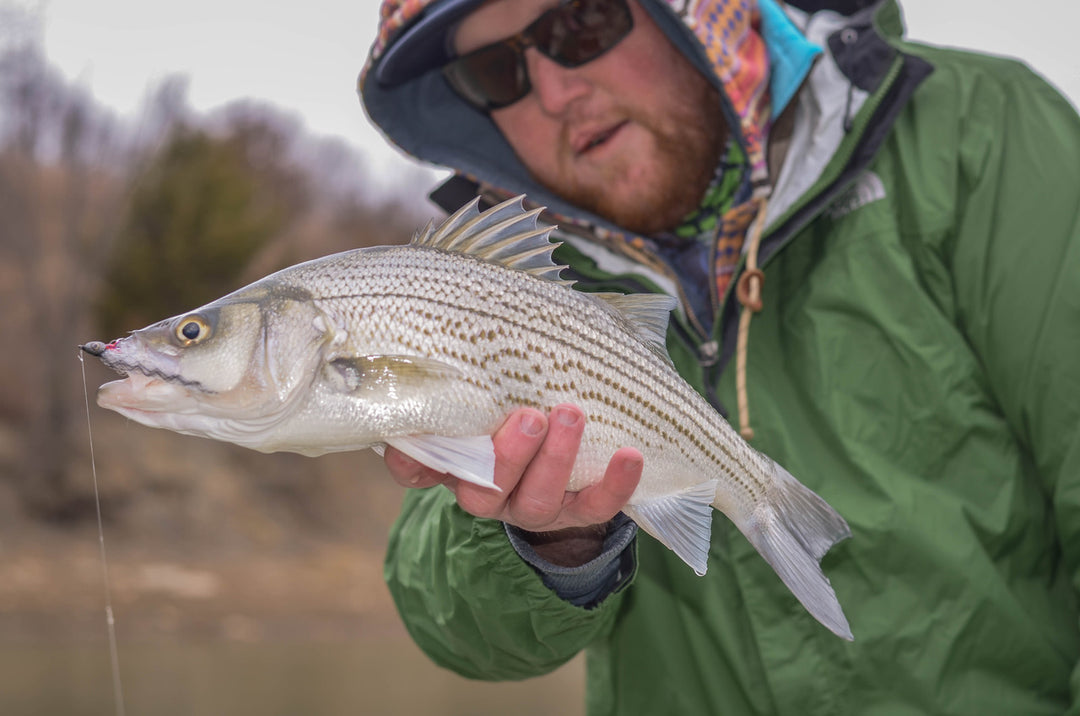
Over the last few years I've spent the majority of my fishing time chasing whites, hybrids, and the occasional striper around the Midwest.
While the Clouser Minnow is the staple fly for most temperate bass, sometimes you've got to shake things up a bit. The Clouser would be the equivalent of a Hare’s Ear nymph in the trout world; you can almost always get fish to eat it, but it may not be the most productive at that given time. Consider it like Sex Panther Cologne: “60% of the time it works every time." With that being said, I would never go on a white/hybrid bass fishing trip without a box of Clousers.
Fly tyers before us had to work hard to get the most out of their feathers and hair, but with new fly tying materials readily available in today's market we have the ability to alter the action and profile of the fly relatively easily.
Here are some things to consider to shake it up and get a more diversified bass fly box.
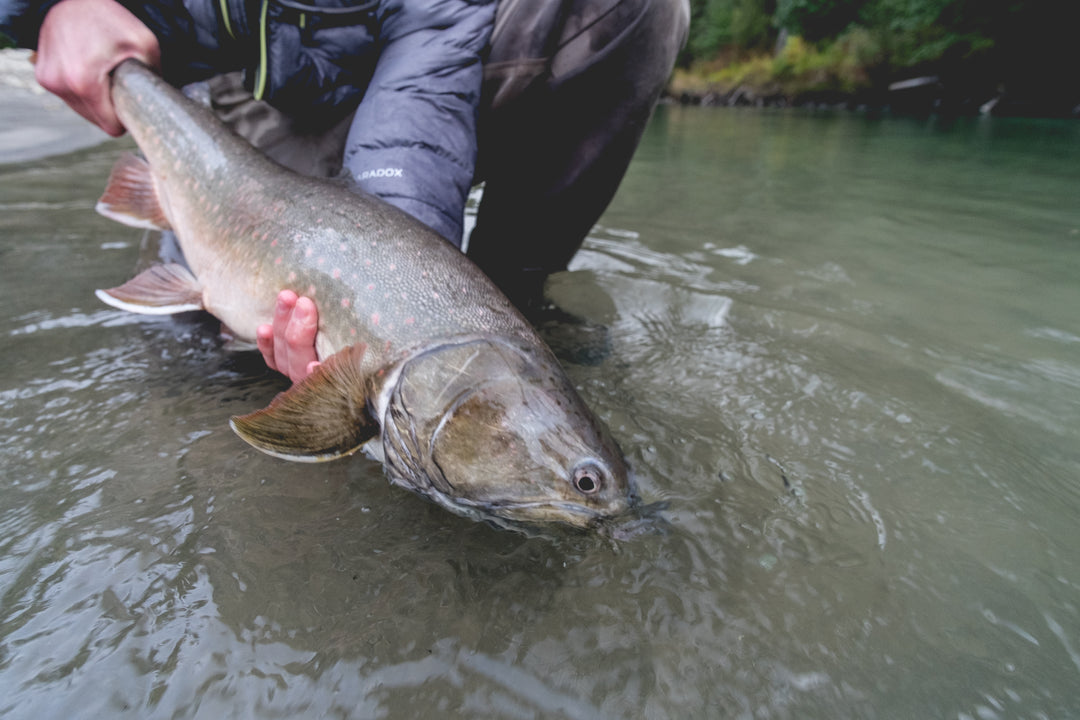
As fly anglers, we find ourselves constantly pushing the limits of innovative techniques.
One such method, two-handed casting (better known as spey casting), has exploded in popularity in the last five years, though some would say ten years or so. For those who don’t know, spey casting is generally done to target anadromous fish with a much less-tiring casting stroke, capable of handling larger flies and sinking tips with relative ease.
